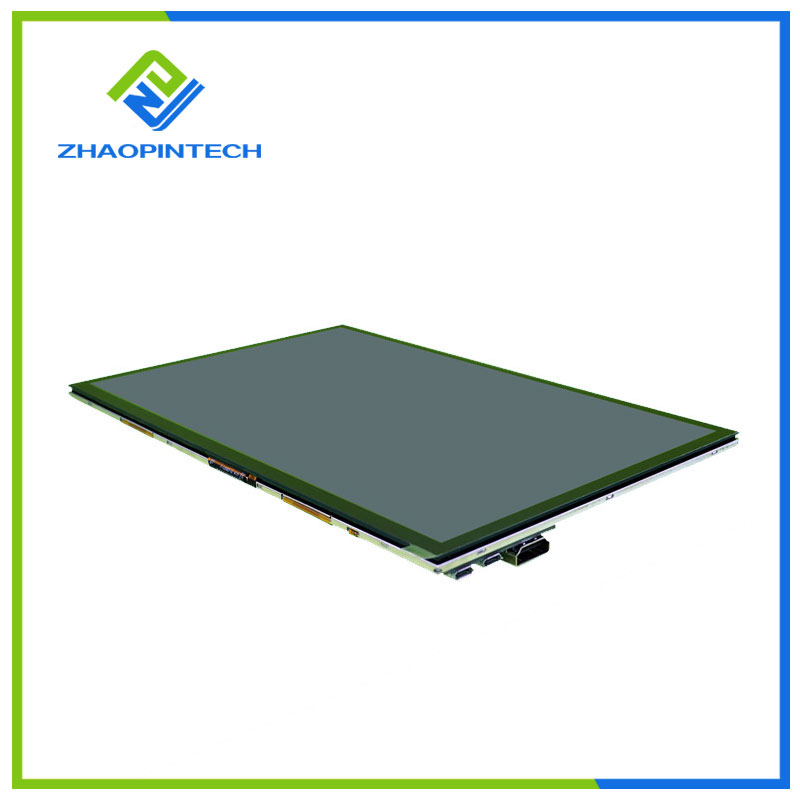Characteristics of HDMI LCD displays
2023-11-06
An HDMI LCD display, also known as an HDMI monitor or HDMI screen, is a type of liquid crystal display (LCD) that is equipped with one or more High-Definition Multimedia Interface (HDMI) input ports. HDMI is a standard audio/video interface that allows high-definition video and audio signals to be transmitted from a source device to a display. HDMI LCD displays are commonly used in a wide range of applications, including computer monitors, television screens, gaming consoles, and more. Here are some key features and characteristics of HDMI LCD displays:
1. High-Definition Resolution: HDMI LCD displays are capable of delivering high-definition (HD) video content, which includes resolutions such as 720p, 1080p (Full HD), and even 4K (Ultra HD) or higher, depending on the display's specifications.
2. Digital Signal Transmission: HDMI is a digital interface, ensuring that video and audio signals are transmitted without any analog-to-digital conversions, resulting in high-quality, sharp, and clear visuals.
3. Audio and Video in One Cable: HDMI supports both video and audio signals over a single cable, simplifying connections and reducing cable clutter. This makes HDMI LCD displays suitable for a wide range of multimedia applications.
4. Multiple HDMI Ports: Many HDMI LCD displays feature multiple HDMI input ports, allowing users to connect multiple source devices simultaneously, such as laptops, gaming consoles, Blu-ray players, and cable/satellite boxes.
5. Plug-and-Play: HDMI connections are typically plug-and-play, making it easy to connect and use various devices with the display without the need for complex setup or configuration.
6. Audio Support: HDMI LCD displays can transmit high-quality digital audio along with video, including formats like Dolby Digital and DTS, providing an immersive audiovisual experience.
7. Compatibility: HDMI is widely adopted across various devices and industries, ensuring compatibility with a wide range of source devices, including computers, media players, cameras, and more.
8. Size and Form Factors: HDMI LCD displays come in various sizes and form factors, from compact portable monitors to large-screen TVs and professional-grade computer monitors.
9. Touchscreen Capabilities: Some HDMI LCD displays are equipped with touchscreen functionality, making them suitable for interactive applications, such as digital signage, kiosks, and point-of-sale systems.
10. Gaming and Multimedia: HDMI LCD displays are commonly used in gaming setups, as they offer fast refresh rates and low input lag, making them ideal for gaming and multimedia content consumption.
HDMI LCD displays are versatile and can be used for a wide range of applications, from professional video editing and design work to entertainment and gaming. The choice of an HDMI display should be based on the intended use, display size, resolution, and specific features required for the given application.



